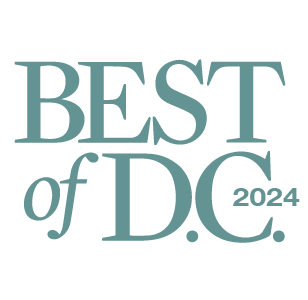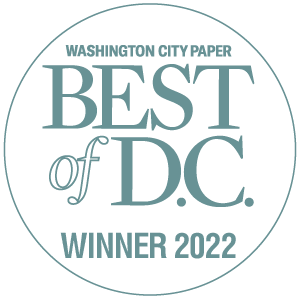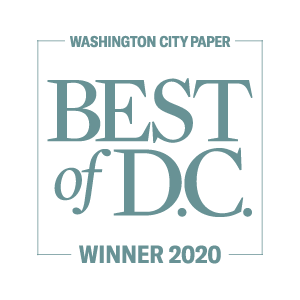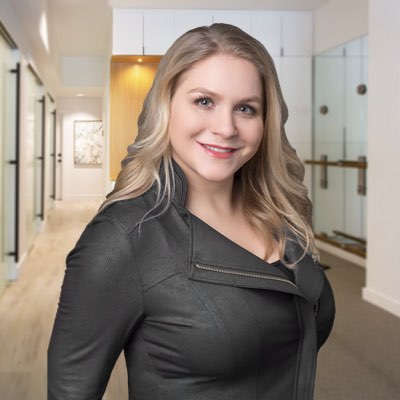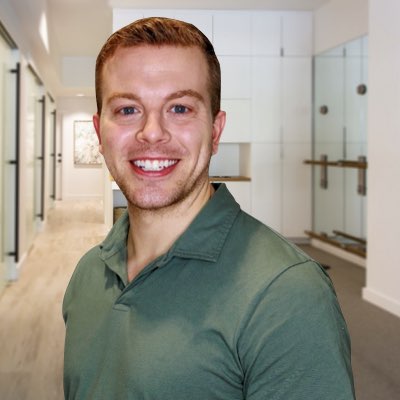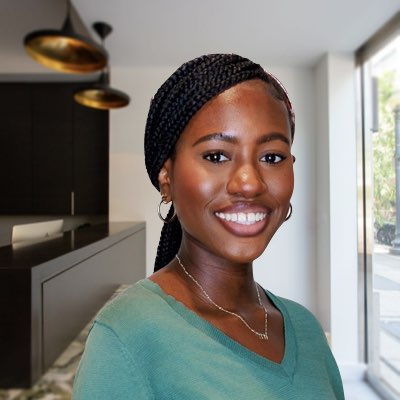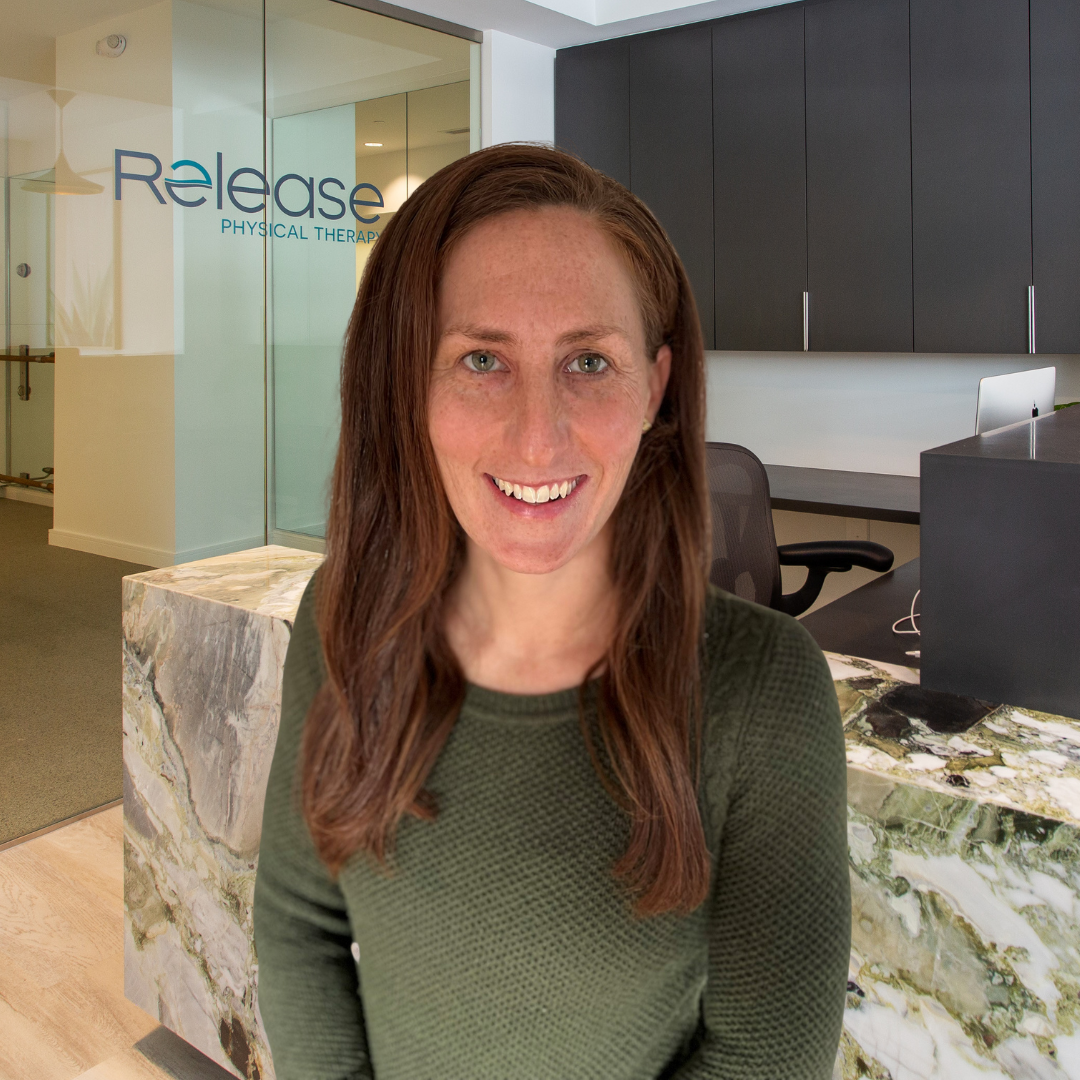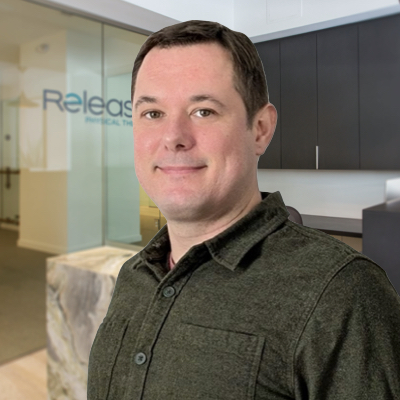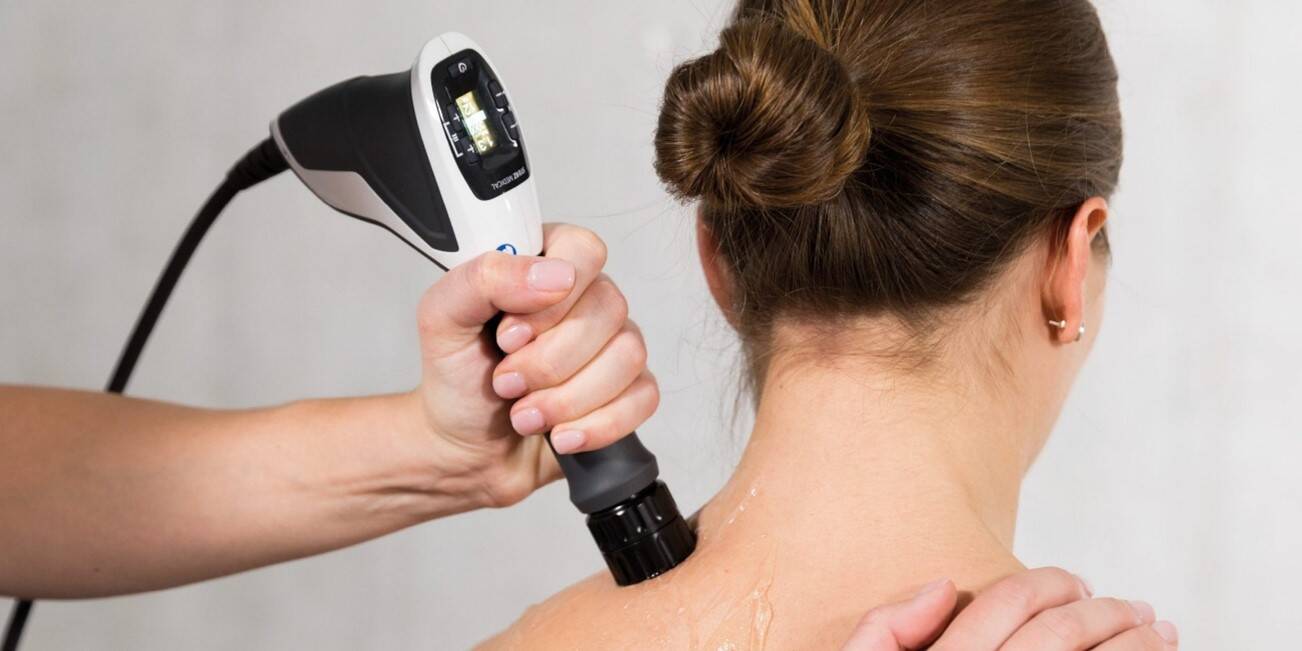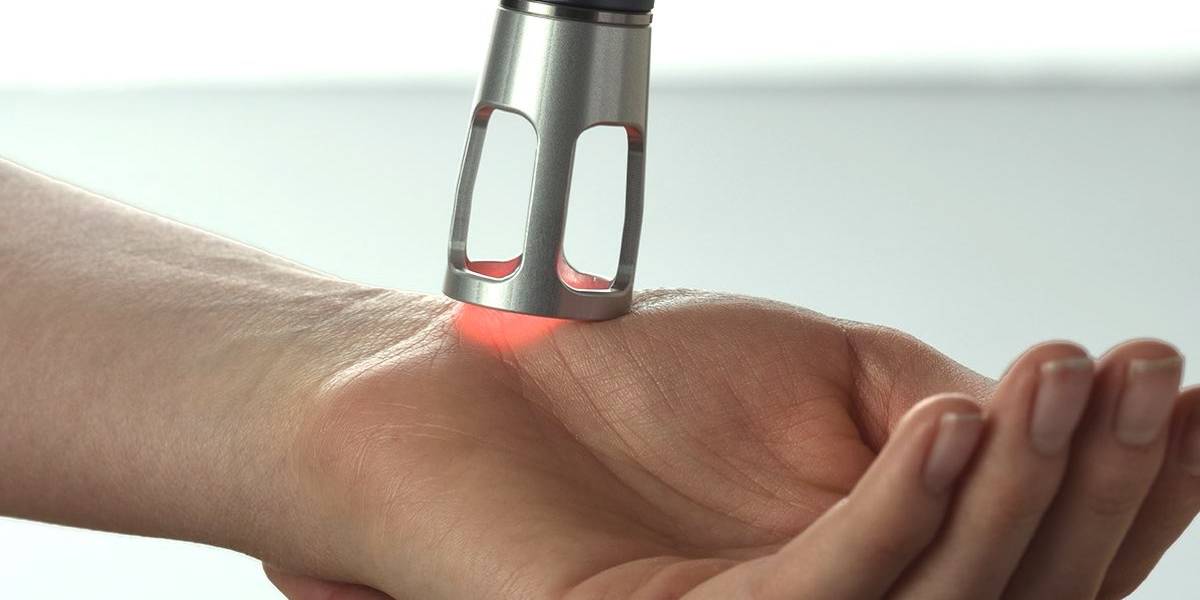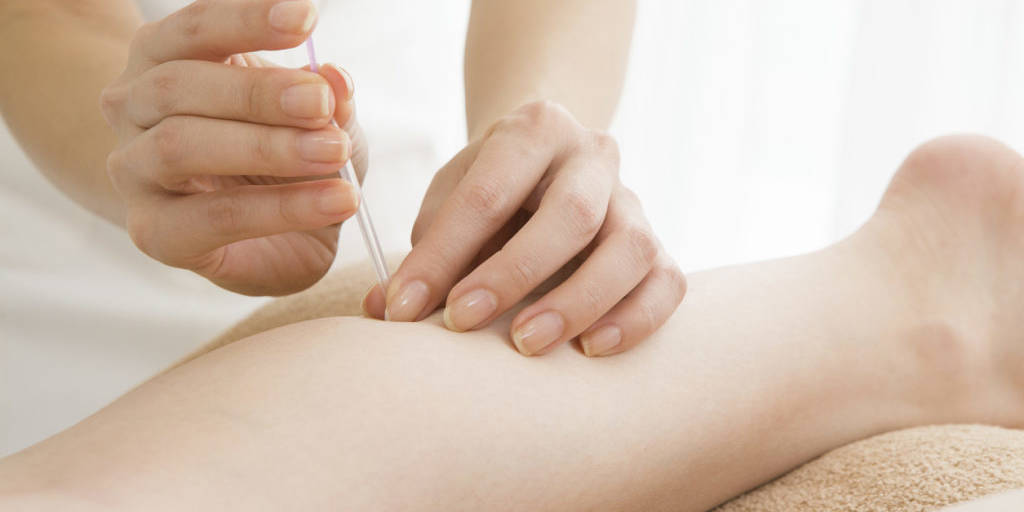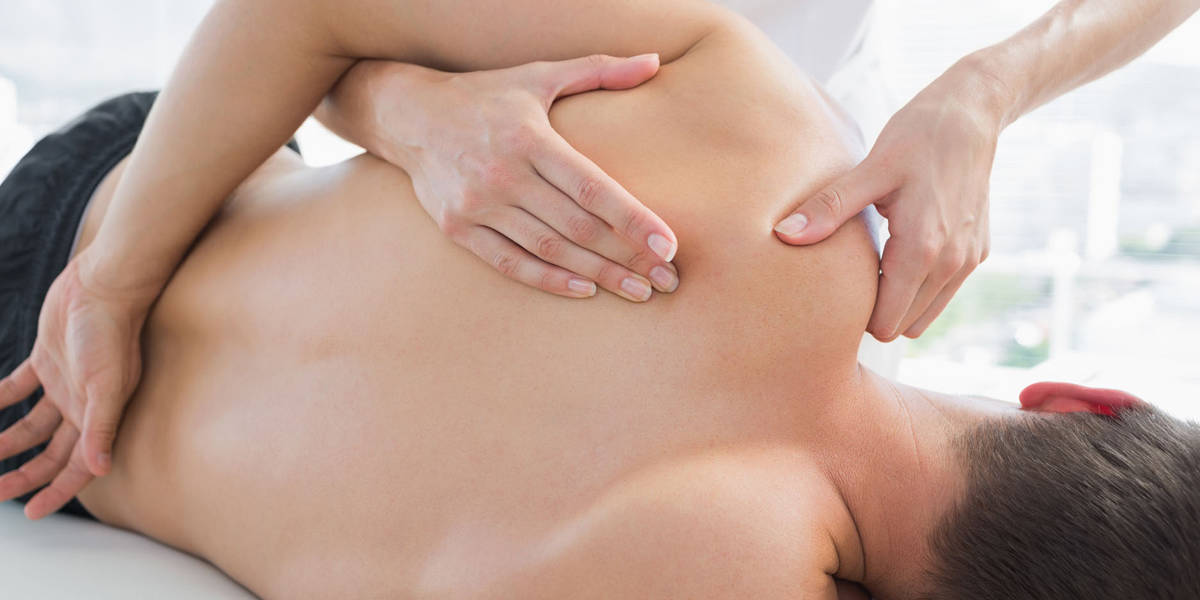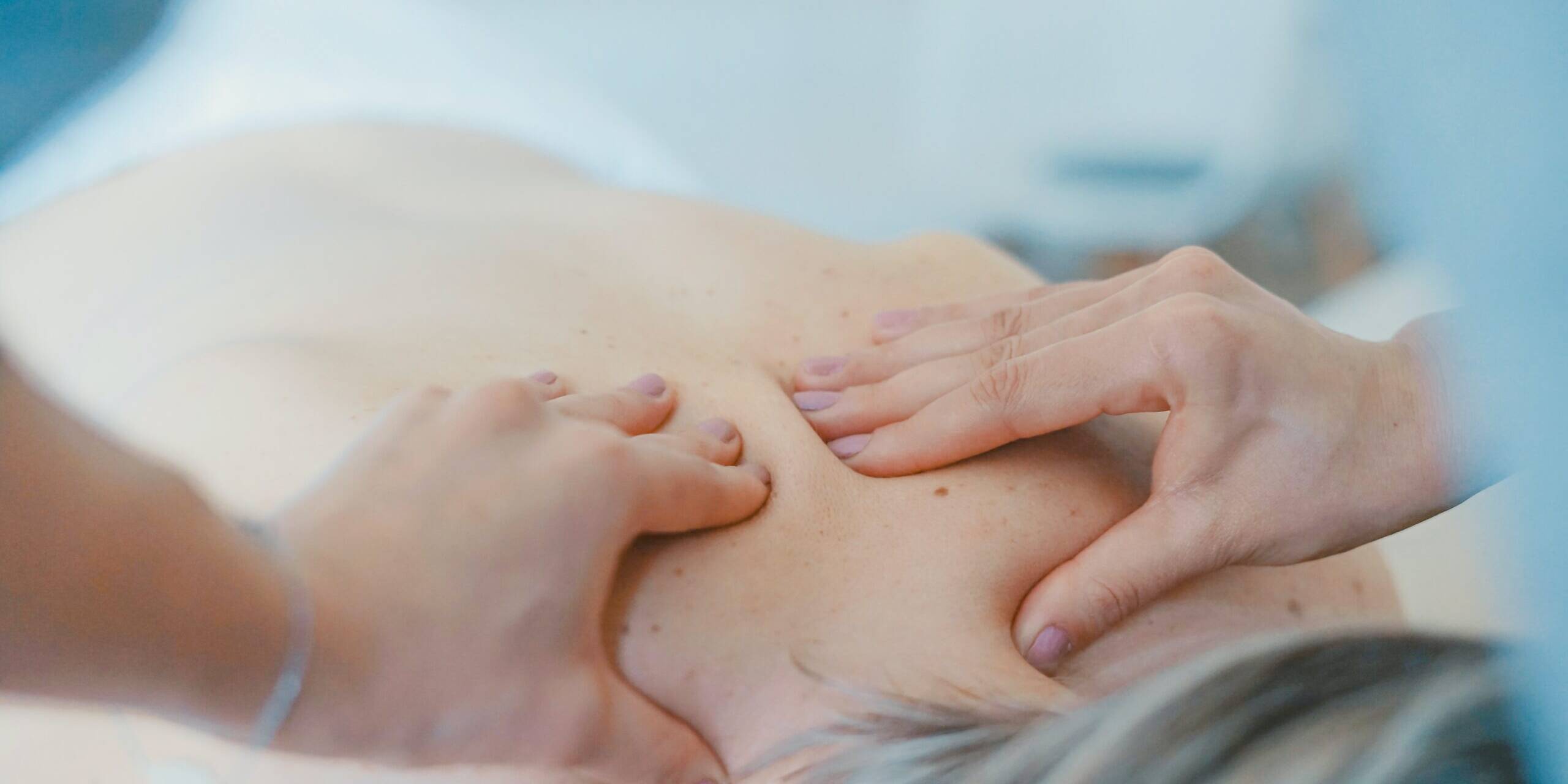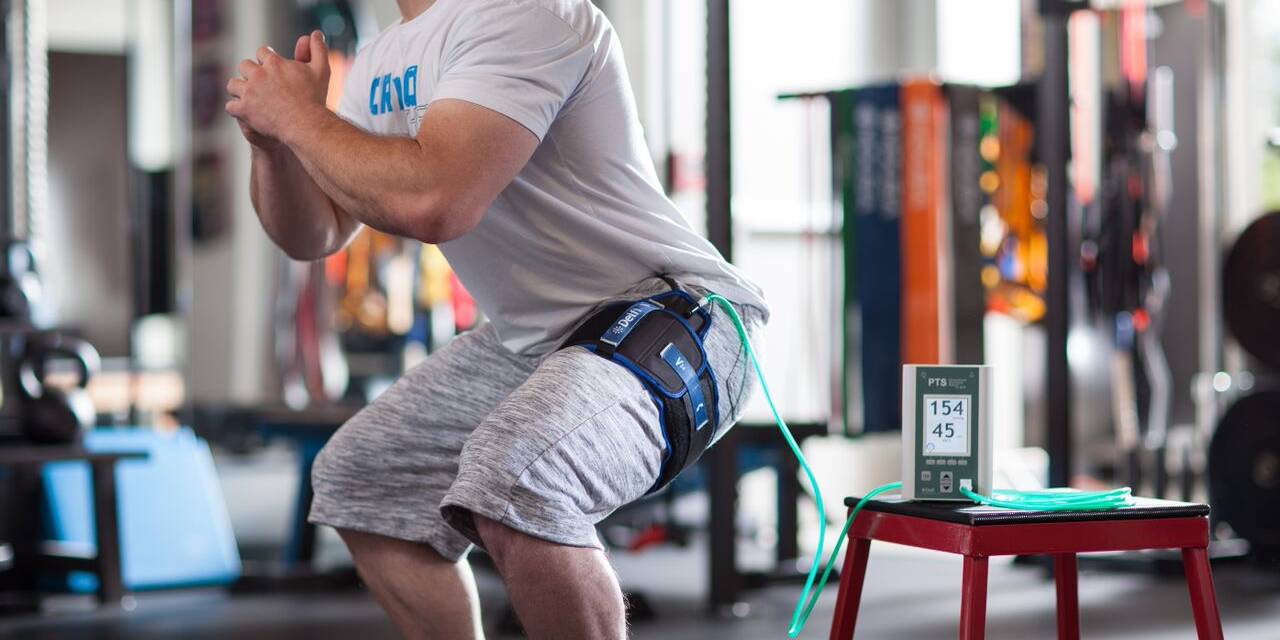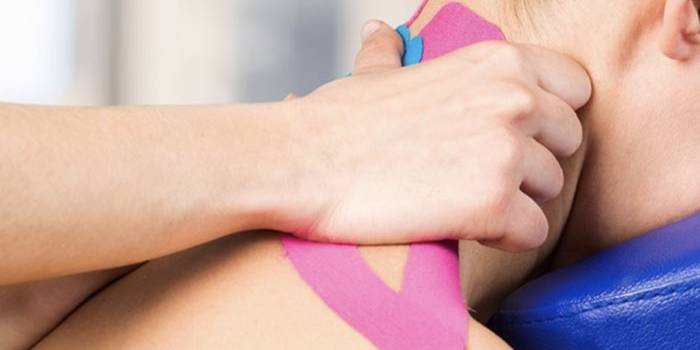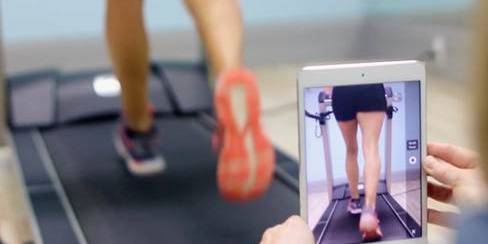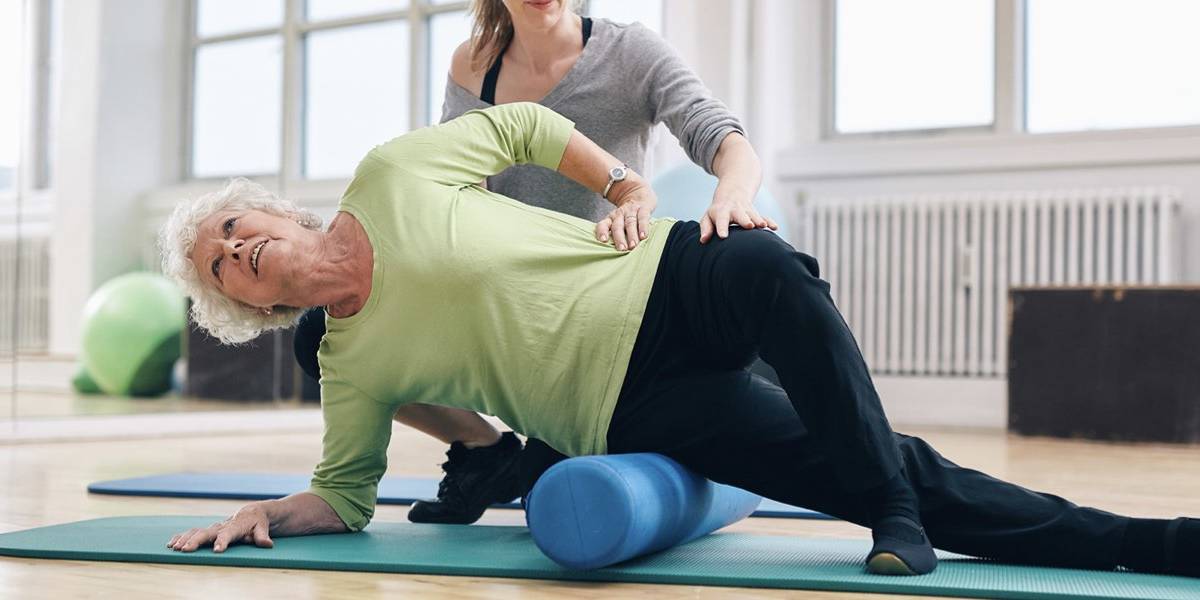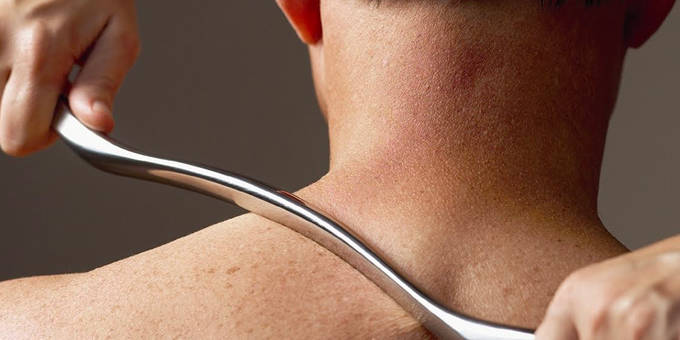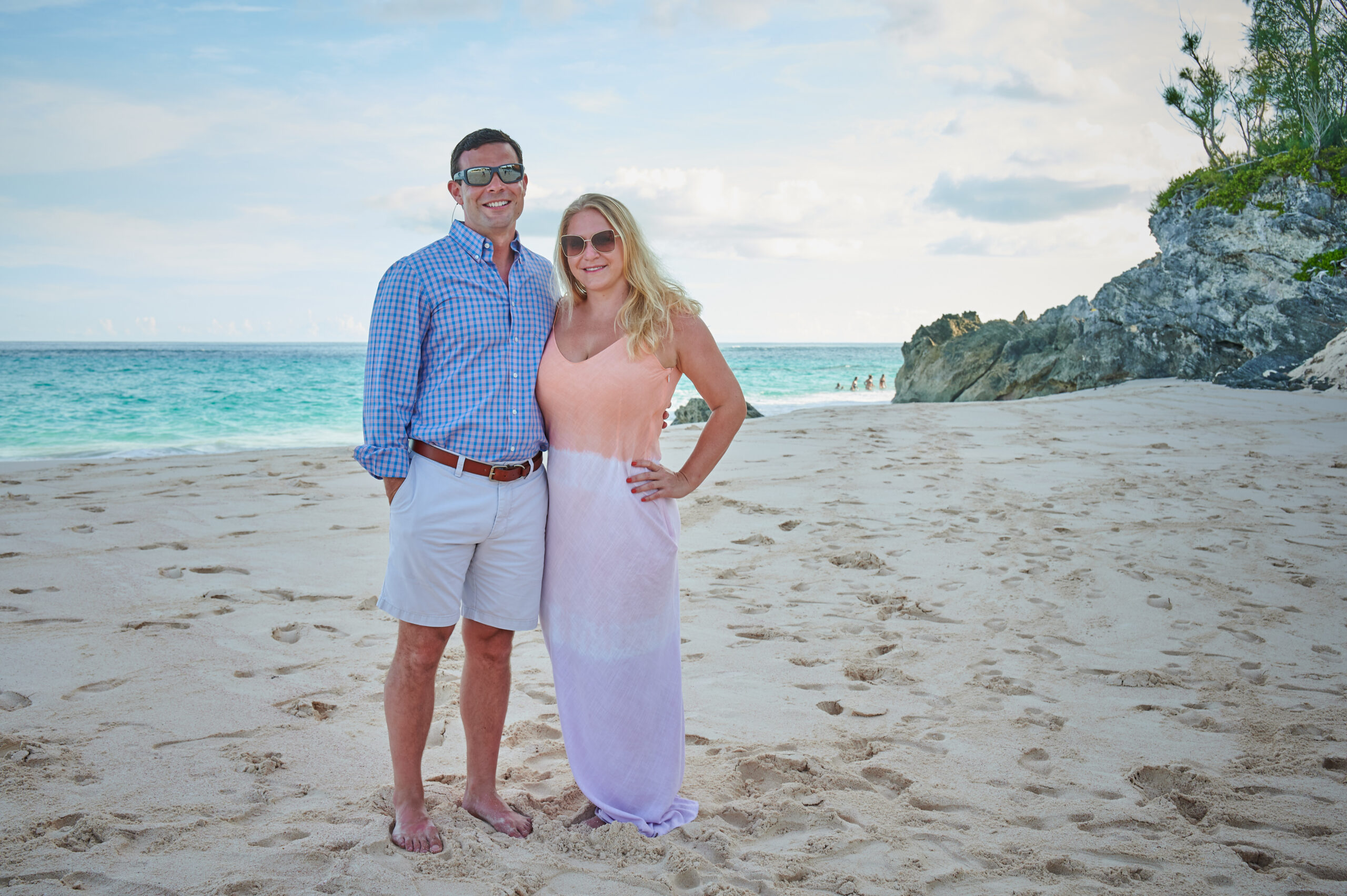Non-Surgical ACL Treatment in Washington, D.C.
Physical therapy is fundamental in both non-surgical and post-surgical treatment of a torn ACL, focusing on reducing initial swelling, enhancing knee mobility, and strengthening surrounding muscles for knee stability. Initiating therapy shortly after surgery helps to mitigate swelling, maintain joint motion, and begin muscle strengthening. Following a structured rehab plan is crucial for a successful recovery. Therapeutic massage aids this process by alleviating pain and promoting muscle flexibility. A committed approach to physical therapy, combined with lifestyle modifications and bracing, can achieve substantial improvements, enabling an active lifestyle while managing high-impact activities.
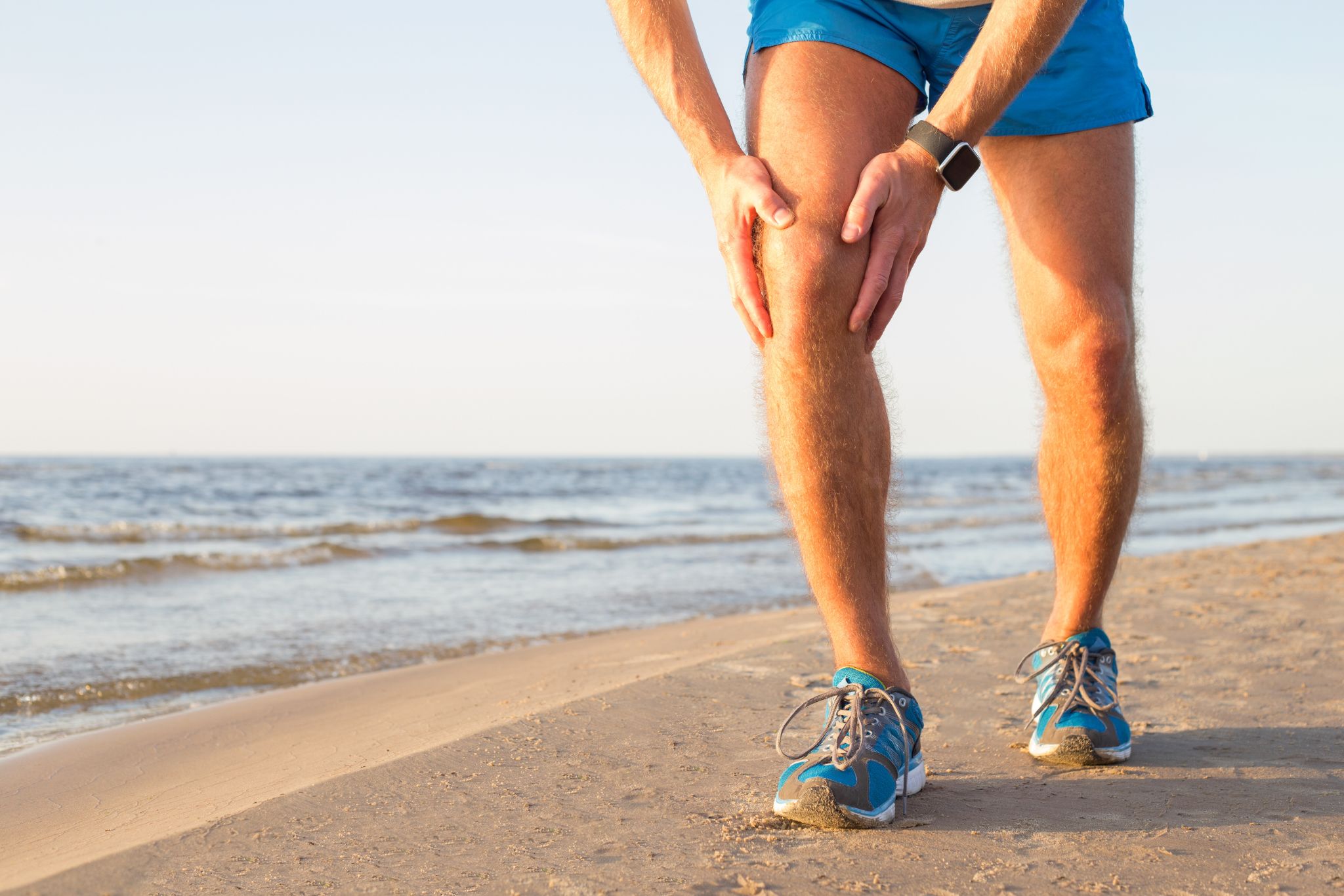
Will physical therapy help a torn ACL?
Physical therapy for an ACL tear can be highly beneficial. Before surgery, physical therapy improves knee strength and flexibility, laying a strong foundation for a smoother post-surgery recovery. Prehab ensures a quicker return to normal activities post-operation After surgery, ACL physical therapy is crucial for recovery because it helps regain full joint motion, and strengthens muscles around the knee.
A comprehensive rehab program from Release PT includes specific exercises to improve balance, proprioception (the sense of joint position), and agility. The goal of physical therapy is to restore the knee’s function to as close to pre-injury levels as possible, minimize the risk of future injuries, and ensure a safe return to desired activities.
When to start physical therapy after ACL surgery?
ACL physical therapy after surgery begins soon after the operation, often within the first week. The exact timing will change from one patient to another, though, and your Release PT therapist will help you determine the right timing for you. We believe that early intervention with physical therapy is crucial for several reasons:
- Reduce Swelling and Improve Circulation: Initiating exercises and movements helps reduce swelling and promotes blood flow, aiding the healing process.
- Prevent Stiffness: Early mobilization helps maintain the range of motion in the knee joint, preventing stiffness.
- Strengthen Muscles: Starting muscle-strengthening exercises early prevents the loss of muscle mass and strength, a common issue after surgery due to inactivity.
- Promote Healing: Controlled, guided physical activity can stimulate the healing process and prepare the knee for more rigorous rehabilitation exercises later.
- Lay the Foundation for Rehabilitation: Early stages of physical therapy set the groundwork for more advanced phases of recovery, focusing on regaining full function and returning to normal activities.
ACL Injuries FAQs
While all of our patients’ timelines may differ, this is the general physical therapy protocol process for ACL rehab, and it’s structured into stages for optimal recovery:
- Pre-operative Rehabilitation: Reduce swelling, maintain knee motion, and strengthen muscles.
- Initial Post-operative (0-2 Weeks): Decrease swelling, protect surgical site, start gentle motion exercises, and gradually increase weight-bearing.
- Early Recovery (2-4 Weeks): Further reduce swelling, improve knee motion, and begin light strengthening.
- Quadriceps Strengthening and Gait Training (4-6 Weeks): Strengthen quadriceps, improve walking patterns, and enhance knee mobility.
- Intermediate Phase (6-12 Weeks): Intensify leg muscle strengthening, introduce balance exercises, and refine gait.
- Advanced Strengthening (12-16 Weeks): Focus on comprehensive lower body strengthening.
Our physical therapists will conduct regular evaluations and make adjustments to the rehab plan as needed, ensuring a safe and effective return to activities.
The duration of physical therapy after ACL surgery depends on our patients’ specific surgery details, rehabilitation goals, progress, and adherence to your personalized PT regimen. Typically, PT continues for about 6 to 9 months post-surgery.
The initial phases at Release PT focus on reducing swelling, restoring range of motion, and strengthening the muscles around the knee. As rehabilitation progresses, the exercises become more advanced, focusing on strengthening and balance.
Our goal is to ensure your knee is strong, stable, and flexible enough to safely return to daily activities, work, or sports. Some people may need PT for a longer period based on their recovery or if they are returning to a high level of activity. Regular follow-ups with your Release PT therapist are crucial to assess progress.
ACL physical therapy progresses through key stages, each tailored to different recovery milestones:
Early Post-Surgery Phase:
- Goals: Reduce swelling, manage pain, and protect the repair.
- Activities: Gentle motion exercises, isometric strengthening, and ICE therapy.
Range of Motion and Strengthening Phase:
- Goals: Achieve full extension, improve flexion, and begin muscle building.
- Activities: Range of motion exercises, leg presses, calf raises, basic balance work.
Strengthening and Neuromuscular Control:
- Goals: Increase muscle strength, and enhance balance/proprioception.
- Activities: Squats, lunges, advanced balance, and proprioceptive exercises.
Functional and Sports-Specific Training:
- Goals: Ready for daily work or sports activities.
- Activities: Plyometrics, agility drills, and tailored sports-specific drills.
Our program includes improving walking patterns, injury prevention techniques, and regular assessments to customize the therapy. Effective recovery hinges on the collaboration between you and your physical therapist.
When dealing with a torn ACL, we recommend that you avoid actions that risk further damage or hinder recovery. High-impact sports, heavy lifting, and activities requiring sudden changes in direction should be avoided to prevent additional strain on the knee.
Similarly, running, deep knee bending, or any movement causing pain should be avoided. Our physical therapists can put together a structured rehabilitation program for you. These are crucial for healing; skipping prescribed physical therapy can significantly set back progress.
Lastly, you should avoid wearing unsupportive shoes. Proper, supportive footwear can help minimize stress on the knee and make walking comfortable.
Release PT offers therapeutic massage, which can complement the rehabilitation process for a torn ACL by aiding in pain relief, reducing swelling, increasing muscle flexibility, and alleviating muscle tension around the knee. Therapeutic massage promotes better circulation, facilitating the healing process, and offering stress. This holistic approach supports the knee’s recovery by addressing both physical and mental aspects of healing.
To foster faster ACL healing, consider these strategies:
- Adhere to Physical Therapy: Participate in customized exercises to strengthen and stabilize the knee.
- Rest and Protect: Use crutches or a brace as needed to minimize stress on the ACL.
- Ice and Compression: Apply ice and compression to reduce swelling and inflammation.
- Nutritious Diet: Focus on foods rich in proteins, vitamins, and anti-inflammatory properties.
- Stay Hydrated: Ensure adequate fluid intake for tissue repair.
- Increase Activity Slowly: Gradually reintroduce activities, avoiding sudden stress on the knee.
- Avoid High-Impact Activities: Steer clear of actions that could strain the healing ligament.
- Listen to Your Body: Heed pain signals and adjust activities accordingly.
- Regular Check-ups: Keep up with follow-up appointments to adjust rehab plans as needed.
Emphasizing careful management and rehabilitation is the key to a quicker and more effective ACL recovery.
Rehabilitating a torn ACL without surgery is feasible, particularly for those with partial tears. Our non-surgical approach centers on strengthening supporting muscles through physical therapy, using knee braces for added stability, and modifying activities to avoid actions that stress the knee. It also includes proprioception and balance exercises to improve joint awareness and prevent further injury.
While this method may limit the return to high-impact sports, it can allow our patients to perform daily activities with minimal discomfort. Success depends on a dedicated commitment to rehabilitation under our professional guidance, assessing the best treatment route for each patient’s needs and goals.
There are many different factors that go into healing and rehabilitating an ACL injury. The skilled team at Release PT is ready to help you recover and get back to your normal, active lifestyle. For more information or to book an appointment, feel free to use our online form or give us a call at 202-974-6621.

About Release Physical Therapy
Release Physical Therapy is an award-winning physical therapy clinic, offering the best-in-class physical therapy to the Washington, D.C. area and surrounding communities. We work one-on-one with our patients to develop an individualized treatment plan that meets their unique needs, conditions, wellness goals and fitness levels.
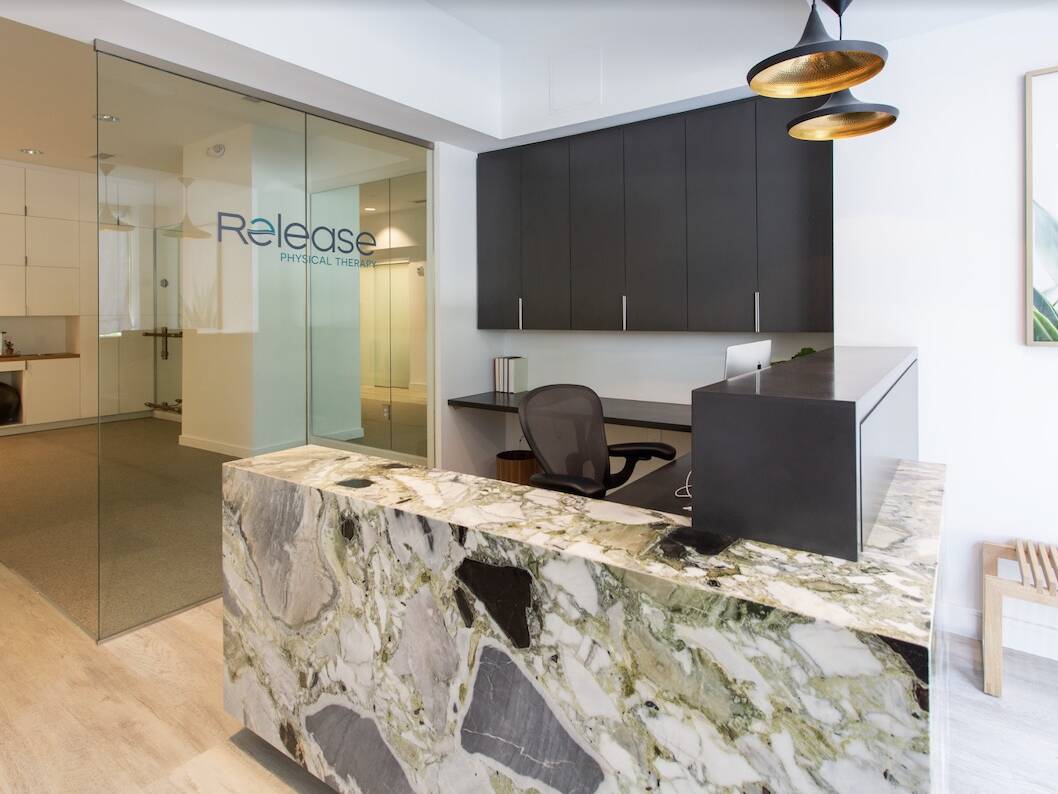
Our Approach
At Release Physical Therapy, we use evidence-based therapies to target the root cause of a condition, not just the symptoms. We offer a full range of treatments, including manual modalities, technology-assisted therapies, and both traditional and non-traditional techniques. We work one-on-one with our patients to develop an individualized treatment plan that meets their unique needs, conditions, wellness goals and fitness levels. Common conditions we treat include:
- Achilles tendonitis
- AC joint injury
- ankle sprains
- ankle fracture
- ACL injuries
- arthritis
- back injury
- back pain
- bursitis
- carpal tunnel syndrome
- cervical radiculopathy
- cervical strains
- chronic pelvic pain
- CL inuries
- compartment syndrome
- degenerative joint disease
- herniated disk
- de Quervain tenosynovitis
- fibromyalgia
- frozen shoulder
- golfer’s elbow
- headaches / migrains
- hip replacements
- ITB syndrome
- impingement syndrome
- knee replacement
- neck pain
- nerve entrapment
- osteoporosis
- osteoarthritis
- overuse injuries
- knee cap pain syndrome
- knee tendinitis
- plantar fasciitis
- rotator cuff tear
- runner's knee
- scoliosis
- sciatica
- shoulder tendinitis
- spinal stenosis
- spondylolisthesis
- shin splints
- tennis elbow
- thoracic outlet syndrome
- TMJ dysfunction
- wrist fracture
- and several others...
What Patients Are Saying
Physical therapy is about results. Too often, patients discontinue therapy because of a bad experience. At Release Physical Therapy, we are committed to providing the highest quality care through patient education, on-going clinician training, and personalized approach to treatment. We believe that everyone should live pain-free and healthy. But don’t take it from us, read what our patients have to say about their experience with Release Physical Therapy.
Our Physical Therapists
Release Physical Therapy staffs the top physical therapists in Washington, DC. Our experienced and highly trained physical therapists specialize in treating the outpatient orthopedic population, including sports therapy, chronic pain management, orthopedic/spinal therapy, pre/post-surgical therapy, as well as wellness and prevention. Our PTs utilize a wide range of therapies and technologies to deliver a personalized care plan. All of our physical therapists are accepting new patients.
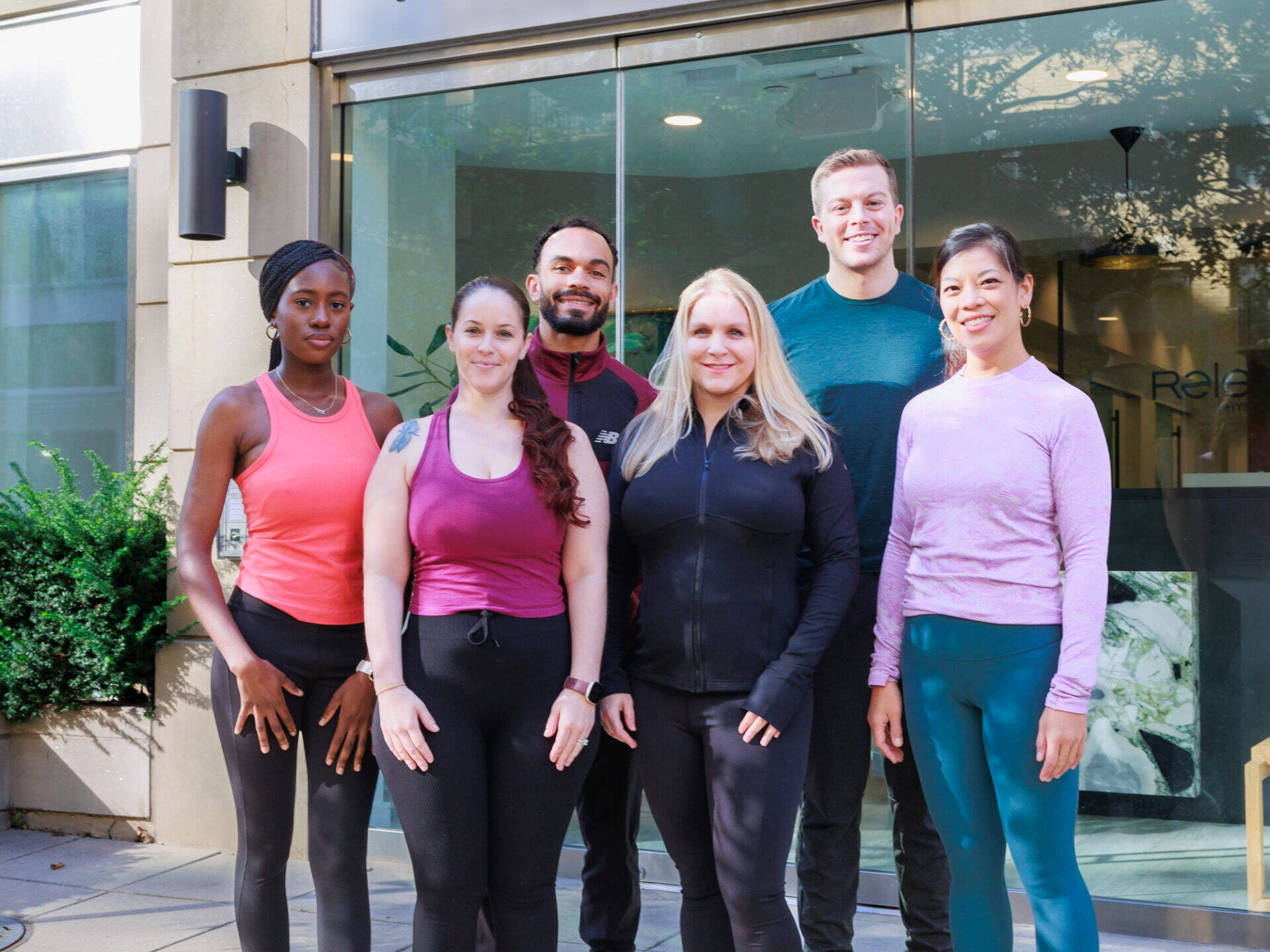
Dr. Cari Simon PT, DPT, CMTPT, ART
Owner & Physical Therapist, Release Physical Therapy Washington, D.C.
Dr. Cari Simon received her Doctorate degree in Physical Therapy from the University of Hartford. A former All-New England and All-State soccer player, she was part of the U.S. Women’s Soccer National Team pool, but ultimately decided to redirect her career in pursuit of her true passion: care. She is now one of the top physical therapists in Washington, DC. As one of the most highly regarded physical therapists in Washington, DC, Dr. Cari Simon’s treatment approach combines manual mobilization and manipulation techniques with individualized therapeutic exercise. She is a full body Active Release Technique (ART) provider. Additionally, Dr. Simon utilizes McConnell, athletic, and Kinesio Taping methods, as well as Trigger Point Dry Needle Therapy. When she is not helping her patients meet their physical goals, Dr. Simon enjoys networking with other physical therapists in Washington, DC, outdoor activities and spending time with her family.
Ethan Gramstad PT, DPT, CMTPT
Physical Therapist, Release Physical Therapy Washington, D.C.
Dr. Ethan Gramstad is the newest addition to the staff at Release Physical Therapy. A native of Virginia, he has recently relocated to Washington, DC following the last two years of practicing PT in Denver, Colorado. He received his Bachelor’s degree from the University of Virginia where he was a member of the UVA Men’s Rowing team for three years. It was that experience that ignited his interest in the science of exercise, as well as physiology and anatomy. He went on to obtain his Doctorate of Physical Therapy from Old Dominion University from Norfolk, Virginia in 2017.
Dr. Gramstad uses manual therapy and mobilization techniques to obtain optimal patient outcomes and places a high priority on establishing a strong patient-therapist relationship. He focuses on assisting his patients in meeting their physical goals and finds satisfaction in the application of individualized exercise programs, as well as dry needling to achieve success. He has previous experience in providing pre and post-operative therapy protocols and treating the outpatient orthopedic population. Besides his rowing days, Dr. Gramstad has personally participated in endurance sports; running Cross Country and multiple marathons and continues to maintain a devotion to a rigorous gym regimen.
Dr. Stephanie Lam PT, DPT, CMTPT
Physical Therapist, Release Physical Therapy Washington, D.C.
Dr. Stephanie Lam received her Doctorate of Physical Therapy from the School of Health Technology and Management at Stony Brook University, after attaining dual degrees in Biology and Psychology from the University of Virginia. She is highly experienced in several fields of adult orthopedics, including post-surgical recovery, acute sports injury rehabilitation, athletic performance improvement, and chronic pain management. She also has a passion for pediatrics and has treated kids of all ages for congenital and developmental issues.
Dr. Lam uses her patient’s individual goals to guide treatment, addressing her patient’s symptomatic impairments while considering their day-to-day ability to function and perform athletic and recreational activities. Dr. Lam incorporates manual therapy throughout her treatments, specializing in extensive deep soft tissue manipulation and mobilizations of the spine and peripheral joints, as well as dry needling.
Deborah Ajala PT, DPT, COMT, CMTPT
Physical Therapist, Release Physical Therapy Washington, D.C.
Dr. Deborah Ajala is an astute physical therapist who takes her time to get to know her patients in order to provide the best possible care. Dr. Ajala’s lifelong passion for caregiving led her to a career in physical therapy. She received a Bachelors degree in Health Sciences with a minor in Exercise Science and Wellness Management from the University of Sciences in Philadelphia, where she obtained a Doctorate in Physical Therapy thereafter. Dr. Ajala holds certifications in Orthopedic Manual Therapy (COMT) and Trigger Point Dry Needling (CMTPT). Her goal with each patient is to optimize their return to function.
Dr. Ajala previously worked at an Outpatient Physical Therapy Clinic in Maryland as a staff clinician. There, she served a diverse patient population treating a wide range of orthopedic conditions including sports medicine, pre/post operative rehabilitation, overuse injuries and several others.
In her free time, Dr. Ajala enjoys spending time with her family and friends, reading, and sports. She also enjoys exploring new DC neighborhoods and is a restaurant enthusiast.
Mia Smyser PT, DPT, COMT, CIDN
Physical Therapist, Pelvic Floor Therapist, Release Physical Therapy Tysons and Washington, D.C.
Dr. Mia Smyser is a native of the DMV. She received her Doctorate in Physical Therapy from the University of Miami, after receiving her Bachelors of Science in Exercise Science from the University of South Carolina. She thinks movement is of foundational importance and is dedicated to improving people’s mobility and function and helping them achieve their optimal physical well-being.
She is passionate about continuing to learn and grow in the profession. She is a Certified Orthopedic Manual Therapist (COMT), certified in Integrative Dry Needling and is continuing her coursework with Herman & Wallace as a pelvic health therapist.
Dr. Smyser previously worked at outpatient physical therapy clinics in Washington, DC and Falls Church, VA, treating a wide variety of conditions including sports medicine, pelvic health, pre/post-operative rehabilitation, and pediatrics, among others.
In her free time, she prioritizes spending time with her husband, son & dog; playing soccer and running; coaching HIIT and checking out new restaurants.
Paul Miller LMT
Massage Therapist, Release Physical Therapy Washington, D.C.
Paul Miller is a dedicated massage therapist with expertise in medical massage, deep tissue therapy, and myofascial release. Paul customizes each session to meet the unique needs of his clients, focusing on relieving tension, restoring mobility, and enhancing overall physical well-being.
Trained at the Northern Virginia School of Therapeutic Massage, Paul has also completed all three of Howard Rontal’s Myofascial Release courses, further refining his ability to address chronic pain and movement restrictions. His approach is rooted in the belief that targeted, intentional bodywork can be a transformative tool for recovery and long-term health.
Release Physical Therapy Treatments
Our experienced physical therapists have advanced training in outpatient orthopedic physical therapy. Our physical therapy services include sports therapy, injury rehabilitation, pre-surgical therapy, post-surgical therapy, chronic pain management, as well as wellness and prevention. Specialized treatments at Release Physical Therapy include:
Shockwave Therapy
A non-invasive medical treatment that utilizes acoustic waves to treat various musculoskeletal conditions and promote healing.
K-Laser Therapy
The use of specific wavelengths of light to improve healing time, pain reduction, increase circulation and decrease swelling.
Dry Needling Washington DC
Needle treatment that decreases pain, increases range of motion and improves strength by inactivating myofascial trigger points.
Active Release Technique in Washington, D.C.
Massage and movement-based technique that treats problems with muscles, tendons, ligaments, fascia and nerves.
Therapeutic Medical Massage
Reduces muscular pain and inflammation, relaxes overused muscles, improves posture and movement awareness, and enhances performance.
BFR Training Washington DC
Rehabilitation therapy and performance training technique using a personalized tourniquet system to reduce atrophy and increase strength.
Kineseo® Taping Method
Reduces muscular pain and inflammation, relaxes overused muscles, improves posture and movement awareness, and enhances performance.
Running Assessment Washington DC
Individualized analysis designed to identify strength, gait, and alignment imbalances to prevent injury and improve your current training program.
Functional Training
Exercise regimens that integrate multiple muscle groups, joints and the brain to assist in everyday movement, physical activities and athletics.
Graston Technique
Instrument-assisted soft tissue mobilization used to address soft tissue lesions and fascial restrictions resulting in improved patient outcomes.
Release Physical Therapy Services
At Release Physical Therapy, we treat you with our hands, not just machines. We offer a full range of manual therapies, as well as both traditional and non-traditional techniques for the best in comprehensive care. We work one-on-one with our patients to develop an individualized treatment plan that meets their unique needs, conditions, wellness goals and fitness levels.
Physical Therapy Treatment for Pelvic Floor Issues
At Release Physical Therapy, our experienced therapists conduct a thorough assessment to identify the underlying causes of your pelvic floor issues and create a personalized treatment plan to promote healing and alleviate the problems you’re experiencing.
Physical Therapy Treatment for Upper Back/Shoulder Pain
At Release Physical Therapy, our experienced therapists perform comprehensive assessments to see how they can help with your upper back pain. We then design individualized treatment plans aimed at promoting healing and relieving your specific issues.
Physical Therapy Treatment for Lower Back Pain
At Release Physical Therapy, our seasoned therapists perform comprehensive assessments to pinpoint the root causes of your lower back pain problems. We then design individualized treatment plans aimed at promoting healing and relieving your specific issues.
Physical Therapy Treatment for Knee Pain
At Release Physical Therapy, our seasoned therapists perform comprehensive assessments to pinpoint the root causes of your knee pain problems. We then design individualized treatment plans aimed at promoting healing and relieving your specific issues.
Physical Therapy Treatment for Ankle Pain
At Release Physical Therapy, our experienced therapists conduct thorough assessments to identify the underlying causes of your ankle discomfort. From there, we craft personalized treatment strategies tailored to foster healing and alleviate your unique concerns.
Physical Therapy Treatment for Tennis Elbow Pain
At Release Physical Therapy, our seasoned therapists perform comprehensive assessments to pinpoint the root causes of your tennis elbow pain problems. We then design individualized treatment plans aimed at promoting healing and relieving your specific issues.
Physical Therapy Treatment for Arthritis
At Release Physical Therapy, our expert therapists conduct thorough assessments to gain insight into your arthritis symptoms. With this understanding, we craft personalized treatment strategies aimed at promoting healing and addressing your unique requirements.
Release Physical Therapy Location & Hours
Visit us at our convenient West End Washington DC location. We pride ourselves on providing the highest level of care and convenience to our patients. Our appointment times flexible – let us know how we can best accommodate you.
Release Physical Therapy - Washington DC
2134 L St NW
Washington, DC 20037
Get Directions
Location Hours
Mon - Thurs: 6:00am - 8:00pm
Fri: 6:00am - 5:00pm
Sat - Sun: Closed
Now Accepting New Patients
Feel Your Very Best
Whether you’re an athlete that plays hard on the field, or a weekend warrior that plays hard in life, committing to a physical therapy program can help to keep you moving forward.
Latest Blog Posts
Follow us on Instagram!
Error: No feed with the ID 2 found.
Please go to the Instagram Feed settings page to create a feed.


